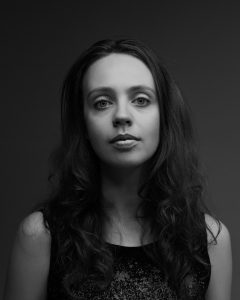Neo-Riemannian Interpretation of Triads and the Perspective of Its Transformation into a Composing System
Doctoral student: Raimonda Žiūkaitė
Supervisors: Assoc. Prof. Dr. Mārtiņš Viļums, Prof. Habil. Dr. Gražina Daunoravičienė
Department: Composition
Intended duration: 2016–2020
Abstract
The departure point of this artistic research project is a major/minor triad: the primary chord in European music, prevailing in harmony for several centuries and considered as a perfect harmony, a natural phenomenon. After an overview of its historical development and in search of the triad’s usage in contemporary composition, the focus falls on non-functional triadic relations, examined by the Neo-Riemannian theory (NRT). This nowadays influential theory has first emerged over 30 years ago in North America. It combines some of the ideas developed by late nineteenth century German theorists, including Riemann, and mathematical tools, intrinsic to mid-twentieth century American music theories (e.g. set theory). NRT formalizes relationships between consonant major and minor triads from Lewin’s transformational approach (as mathematical transformations acting on triads; motion between proximate harmonies is described by simple transformations), rather than more traditional tonality-based approaches, thus relating triads directly to each other without reference to the tonic and using those transformations to model structural relations in the late-nineteenth-century music. Moreover, structural properties of triads are revealed – the realization that the familiar triads of Western music, long valued as ideal acoustic objects, are also due to their internal structure ideal mathematical objects from the perspective of parsimonious voice leading. These generative (algorithmic) properties particularly interests the author of the present research.
However, the most important goal of this research project is to discover compositional resources based on the triads’ group-theoretical properties; to transform analytical system’s insights into a compositional technique. These properties could be used to structure processes not only in the field of harmony, but on rhythm and timbre as well. The author seeks to explore various ways of applying music theory to coin her unique musical language.


